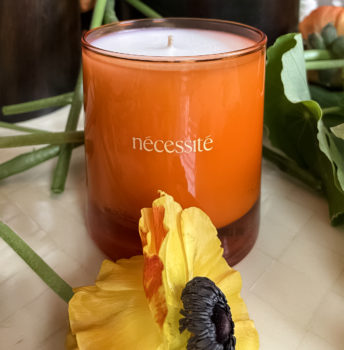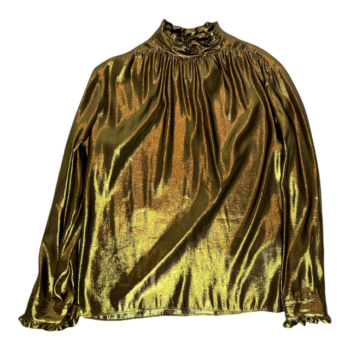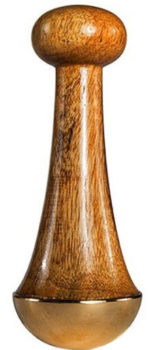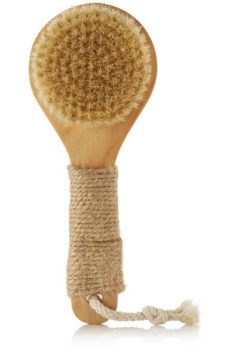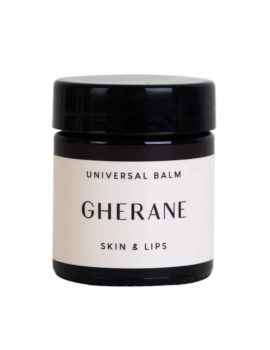There are plenty of medications on the market to manage migraines: Imitrex, Alsuma, Maxalt, Relpax, and Zomig, just to name a few. And while these may be convenient in the moment, the truth is, migraine meds really only treat the symptom (your migraine) instead of the cause.
I’m not trying to convince anyone to opt out of migraine relief — I’ve been there and I know that when you’re in the middle of a blinding headache, it’s nearly impossible to resist popping a pill to ease the pain. But why not try a more holistic approach: Treat the symptom in the moment, and treat the root cause, as well?
Of course, that’s easier said than done… mostly because there might be more than one root cause. Studies have shown that migraines can seemingly appear out of anywhere; some common factors include stress and fatigue (which are ever-present in our modern world), eyestrain and poor posture (brought on by sitting in front of laptops and staring at phone screens all day), dietary triggers (like sugar and alcohol), nutrient deficiencies, and hormone fluctuations. While that list may seem overwhelming, there is some good news: Most of the above are lifestyle-based, and therefore, by making a few updates to your daily routine, you could potentially lower the risk of future migraines.
Here are some some simple switches you can make to prevent migraines or deal with migraine pain.
Revamp Your Diet
Migraines can be triggered by allergies — and really, you can be allergic to pretty much anything — so it’s important to work with a holistic or naturopathic doctor to identify any of your personal food intolerances. That being said, there are some foods and drinks that are bad for migraines across the board, including deli meats, bacon, cheese, gluten, alcohol, processed foods, foods high in sugar, and anything cold (like ice cream and smoothies). If you’re struggling with migraines regularly, it’s worth cutting the aforementioned foods out of your diet to see if that helps.
At the same time, load up on healthy foods to give your body all the key nutrients it needs to stave off migraines. Magnesium deficiency can be a trigger, so adding magnesium-rich foods, like spinach and pumpkin seeds, to your diet is helpful. It’s also important to consume Omega-3 fatty acids, which you can get through wild-caught salmon and most nuts and seeds. Make sure to include lean proteins (Greek yogurt, skinless chicken breast) and plenty of fresh fruits and veggies. Studies have shown that sipping on fresh ginger tea can reduce pain during migraine episodes, too.
Reduce Stress
Reducing stress can seem like an insurmountable task — especially for busy women juggling kids, work, a relationship, and the endless errands that consume our lives, like grocery shopping… or even showering. It all gets to be overwhelming.
While you can’t just cut these stressors out of your life for good, you can find small ways to reduce your overall stress through practices like daily meditation, using essential oils (lavender is a particularly calming option), spending more time outdoors, or even setting up weekly talk therapy appointments.
Try Massage & Acupuncture
One 2006 study found that indulging in weekly massages decreased migraine frequency — probably due to the fact that massage lowers your heart rate, anxiety, and levels of the “stress hormone” cortisol. Acupuncture, a popular practice in Traditional Chinese Medicine, has similar effects. It uses long, thin (painless) needles to balance Qi, or energy flow, and incite the body’s healing response.
Do Yoga
Almost any kind of exercise will help reduce tension in the body, and thus, reduce migraines — but yoga, specifically, is one of the best ways to fight painful headaches. The slow, measured movements of this ancient Indian practice calm the body and even improve posture over time.
Limit Screen Time
If your migraines tend to materialize right between the eyes, then strained eyesight may be the culprit. Of course, if you don’t already wear glasses, you should go ahead and get your eyes checked ASAP. Aside from that, it can be helpful to limit your screen exposure each day. Many of us spend hours upon hours staring at our phones or laptop screens (and often, work makes that unavoidable).
At the very least, follow the “no screens before bed” rule to give your eyes a chance to rest — take the TV out of the bedroom (sorry!) and don’t bring your phone to bed, in order to avoid late-night and early-morning scrolling.
Get More Sleep
One of the most powerful tools for migraine management is also the simplest: Sleep more. Sleep is the body’s time for rest and renewal on a cellular level, and not getting enough sleep can affect everything from cognitive function to skin health. You have our permission to hit the snooze button as often as you like — consider it a self-care nécessité.
Photo Credit: @AliceGao






